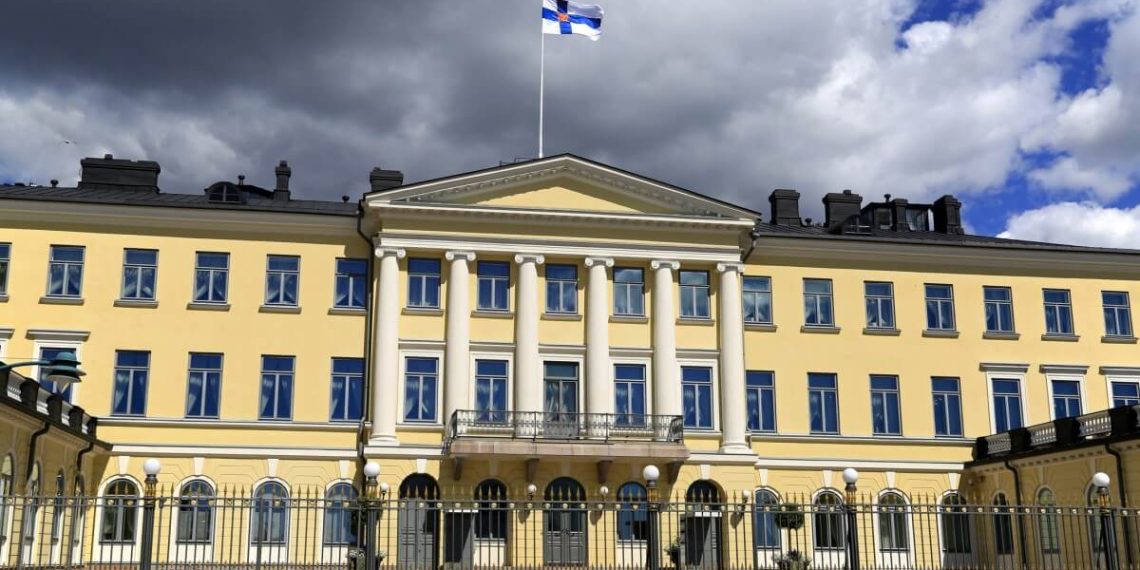The Finnish Immigration Service reports that the number of applications for employment residence permits reached 16,999, an 18.8 percent decrease from 2022 levels. The high volume of labor migration to Finland is due to factors such as the existing labor scarcity in the country and enhanced recruitment networks of companies. In 2022, there was a significant surge in applications due mainly to the heightened number of submissions from Russian citizens following Russia’s attack on Ukraine. Conversely, the reduced number of applications in 2023 can be attributed factors such as an economic downturn and a slowdown in the construction industry.
Indians, Filipinos, Russians, and Chinese are among the main applicants for employment permits. The number of residence permit applications from skilled workers in 2022 was high due to increased requests from Russian citizens after the war in Ukraine started. However, the number of applications from Russians was significantly lower in 2023, showing a 46.4 percent decrease. The drop in the number of skilled worker applications may be related to global competition for skilled workers and Finland’s economic downturn.
Indians were the largest applicant group for work-based residence permits in 2018-2021 and 2023. The Finnish Immigration Service reveals that the number of employment residence permit applications submitted in 2024 is estimated to be 19,000, although the unpredictable economy makes it difficult to produce accurate estimates.
In 2023, there was a significant increase in applications for first residence permits for studies and family purposes. The Finnish Immigration Service anticipates a similar trend in 2024 with a strong interest from international students and family members seeking residence permits. Finally, employment remains the most common reason for EU citizens to move to Finland, with the majority of EU citizens filing registration requests based on work.
Still have some travel questions? Ask in our Travel WhatsApp Group.








